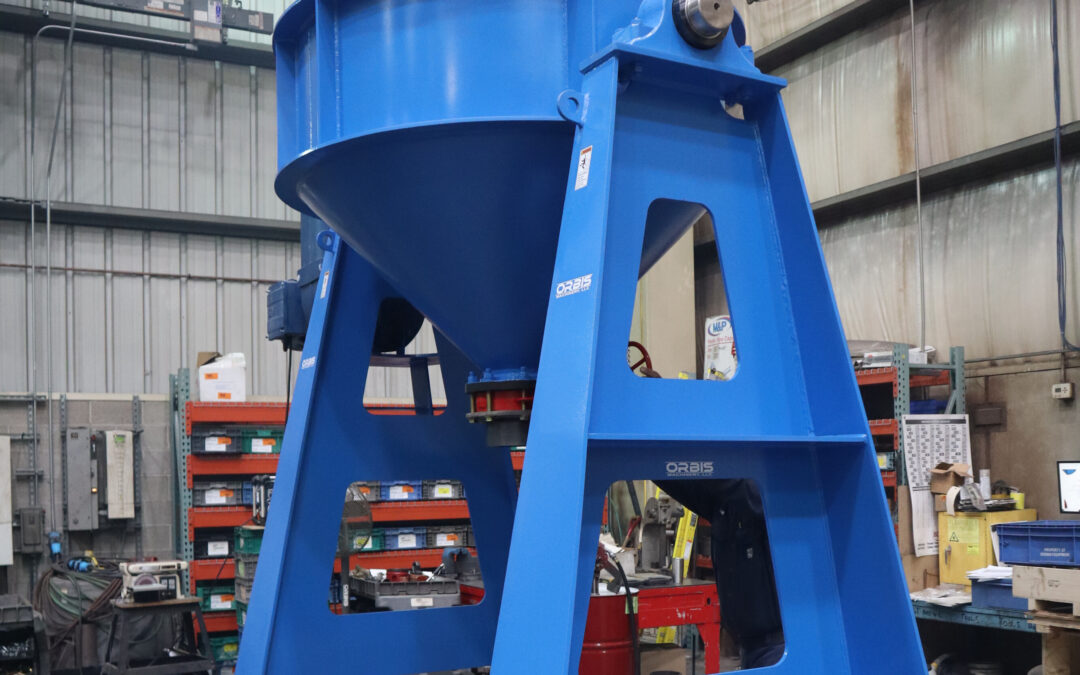Since 2002, the United States have been losing massive points to imports, affecting the production of home-made goods. However, there was a change in direction in 2019 as the country witnessed an increase of 0.59% in the manufacturing sector. This substantial gain might be at stake as the manufacturing sector as the entire economy took a huge hit due to the coronavirus pandemic. It’s obvious that 2020 business performance will be a factor of how soon the economy can bounce back from the pandemic.
With the pace at which the pandemic is heading, there’s no solution in sight and this is going to be the bane of the improvements recorded in the manufacturing sector. The attention will now be on what can be done from 2021 as for many the current year’s focus is on that of recovery as oppose to forward growth. The improvement recorded is traceable to the current administration tariff policy therefore, there may be a need for a policy redirection in order to regain the momentum recorded in reshoring manufacturing.
What exactly is reshoring? Reshoring when used in the manufacturing context refers to when a manufacturer relocates their production from an overseas location to their home country. In this instance, we are discussing the relocation of manufacturing operations from Asia and other locations back to the United States. Reshoring can also apply to scaling up production within the United States while reducing importation.
How the United States Can Sustain the Growth
The growth recorded in the United States manufacturing sector was tracked by Coalition for a Prosperous America. Their interest in focused on how the United States manufacturing industry is able to meet local demands for manufactured goods.
According to the data gathered by CPA, the United States consumed a total of $7.1 Trillion of manufactured goods. Of this amount, about $2.16 trillion worth of manufactured goods were imported. The growth witnessed in the industry is not attributable to only the tariff policies of the Trump’s administration but also the increased wages to the US manufacturing workers which further increased their purchasing power. This is why there is increased consumption throughout the overall economy. The multiplier effect of the growth in local consumption is driving improvements in the manufacturing sector. This growth is different from what is obtainable in other economies.
The gains of the last five years of reshoring culminated in the 0.59% increase in domestic production. The fear of observers is that this could have been lost to the pandemic. In the absence of the pandemic, the concern of industry observers would have been on how to sustain the growth experienced in 2019. In essence, the recapturing of the US domestic markets is a key element to the growth of the American economy. This could be a crucial element to restoring the lost glory of the United States manufacturing sector.



